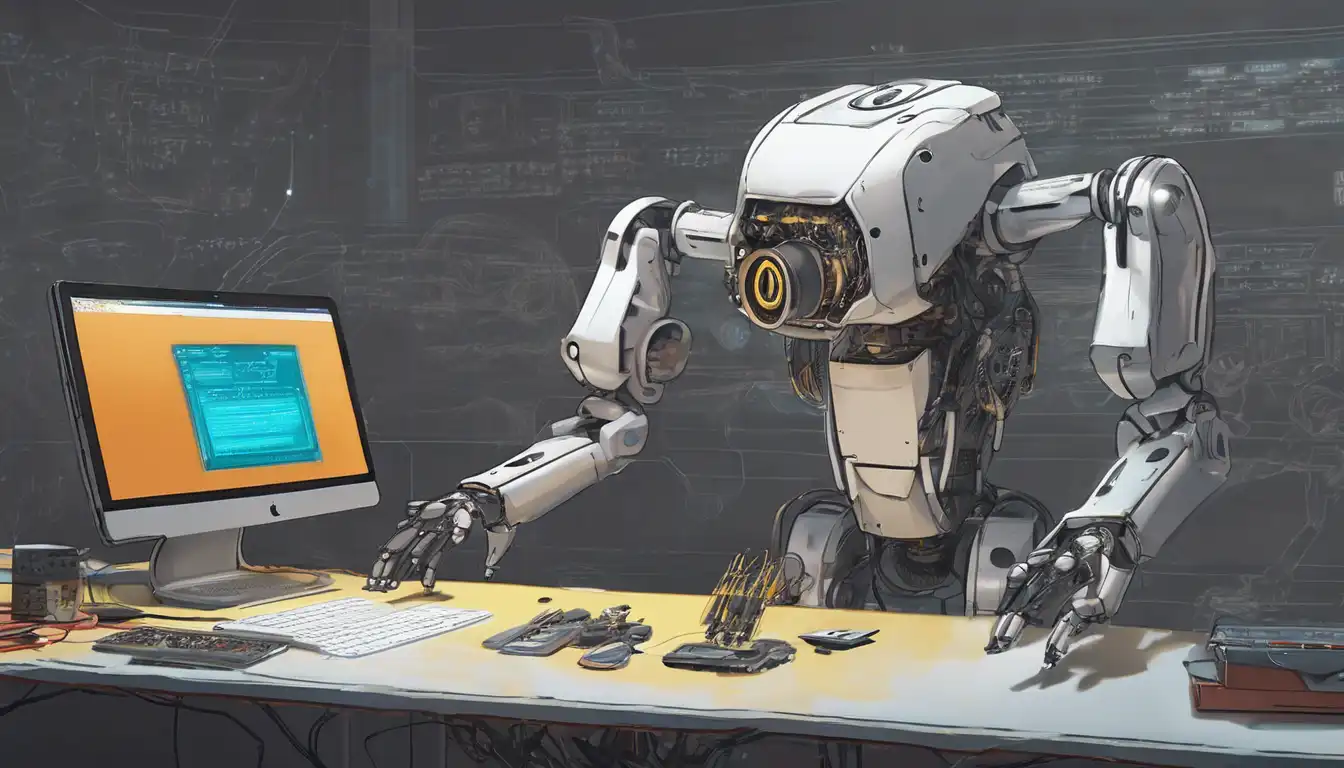Introduction to Robotics Programming
Robotics programming is an exciting field that combines the creativity of designing robots with the technical challenge of programming them to perform tasks. Whether you're a hobbyist looking to build your first robot or a professional aiming to enhance your skills, this guide will provide you with the foundational knowledge needed to get started.
Understanding the Basics
Before diving into robotics programming, it's essential to understand the basic components of a robot. These include sensors, actuators, a microcontroller, and the software that brings it all together. Sensors allow the robot to perceive its environment, while actuators enable movement. The microcontroller acts as the brain, processing inputs and controlling outputs.
Choosing the Right Programming Language
Several programming languages are commonly used in robotics, including Python, C++, and Java. Python is often recommended for beginners due to its simplicity and readability, while C++ is favored for its performance in complex robotics applications.
- Python: Easy to learn, with a vast library of resources.
- C++: Offers more control over hardware, ideal for performance-critical applications.
- Java: Portable across platforms, useful for certain robotics projects.
Setting Up Your Development Environment
To start programming robots, you'll need a development environment. This typically includes a text editor or IDE (Integrated Development Environment), a compiler or interpreter for your chosen language, and tools for debugging. For beginners, platforms like Arduino and Raspberry Pi offer accessible entry points into robotics programming.
Your First Robotics Project
A simple project to begin with is programming a robot to follow a line. This project introduces basic concepts like sensor input processing and motor control. You'll need a line-following robot kit, which usually includes sensors to detect the line and motors to move the robot.
- Assemble your robot according to the kit instructions.
- Write a program to read sensor data and adjust the robot's direction accordingly.
- Test your robot on a lined track and refine your code as needed.
Advanced Topics to Explore
Once you're comfortable with the basics, you can explore more advanced topics such as artificial intelligence (AI) in robotics, machine learning for autonomous decision-making, and computer vision for object recognition. These areas open up a world of possibilities for your robotics projects.
Resources for Learning More
There are countless resources available for aspiring robotics programmers. Online courses, forums, and books can provide deeper insights into specific areas of interest. Additionally, participating in robotics competitions can offer practical experience and the opportunity to learn from others in the field.
Robotics programming is a rewarding skill that combines creativity with technical expertise. By starting with the basics and gradually tackling more complex projects, you can build a strong foundation in this exciting field. Remember, the key to success in robotics programming is persistence and a willingness to learn from each project.
